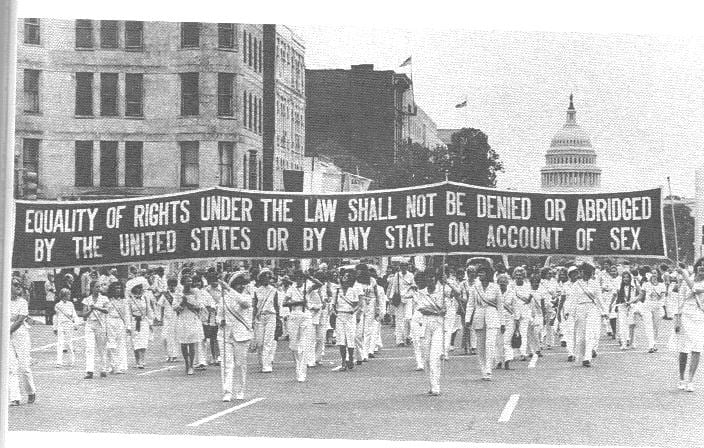Abu Sayed, a student studying English at the Begum Rokeya University, stood on the streets of Rangpur with his arms wide open on July 16, 2024. Although posing no threat, within seconds, the young man was shot in the chest by officers standing 15 meters in front of him. This was in addition to the tear gas and batons others around him were suffering. Despite being only in his mid-20s, Sayed became a martyr that afternoon.
Events setting the stage for such open violence in Bangladesh began on July 1st, 2024, with peaceful protests by students against the Prime Minister, Sheikha Hasina, and in response to the government’s decades-old quota system.
Why a Protest?
Following the war granting Bangladesh independence from Pakistan in 1971, a quota system for highly valued jobs was created. This system not only claimed more than half of the civil service posts for particular social groups but also reserved the top 30% of the most sought-after positions for relatives of the 1971 veterans. Initially, this was a choice of goodwill with the intention to acknowledge and appreciate the freedom fighters who secured their nation. However, despise and anger of the system in the Bangladeshi students arose due to two factors. First, the country is going through incrementally increasing unemployment rates. With a population of over 170 million and a median age of 25.7, over 30 million Bangladeshi are unemployed, with the youth being the most impacted. Second, many of the political leaders of the nation are the relatives of the 1971 veterans. This includes the 76-year-old Prime Minister, Sheikha Hasina, daughter of the assassinated Sheikha Mujibur Rahman. Although she is considered the longest-serving female head of government, there have been multiple remarks that her rule has become increasingly authoritarian over time. In other words, this trade of unemployment so that wealthy elites can sustain their security and high income is why the quota system is actively being called out as discriminatory and favoring the political supporters of Hasina’s Awami League party. In combination with the youth’s frustration with inequality and injustice, peaceful protesting began on July 1st at the prestigious Dhaka University.

The Escalation
Initiating in Dhaka, protests with students holding posters and flags quickly spread like fire through cities across the nation. However, as the youth of the nation began to unite, they soon faced a dramatic escalation of violence within days. On July 15th, students inside Dhaka University were directly attacked by rods, clubs, and sighted revolvers by members of the Bangladeshi Chatra League (BCL), a wing of the Awami League party. The following day, Abu Sayed was shot to death in the streets of Rangpur.

A protestor in Dhaka, Hassan Abdullah, stated in a CNN interview, “The police are constantly bursting sound grenades right now.” Such grenades being thrown, shots being fired, and tear gas attacks quickly became a daily norm on the streets for weeks. There are even accounts of hospitalizations due to heads being smashed by officers.
On July 18th, NetBlocks, an internet monitoring site, posted a confirmation of an almost complete internet shutdown throughout the country, in addition to efforts tampering with social media access and mobile data services. After July 18th, Bangladesh went entirely offline, blinding the world to the courses of action and violence occurring within. It is known, however, that the Rapid Action Battalion (RAB), an anti-crime division of the Bangladeshi police, the Border Guard Bangladesh (BGB), a border security force, and the National Army were spread across the country alongside the alleged establishment of a shoot on sight curfew. A few days afterward, online restrictions were somewhat lifted, revealing over 200 deaths and thousands injured within a short span of 10 days.
Since the escalation of events, in addition to the violence, many have also been arrested arbitrarily, with about 61,000 being accused in legal cases for protesting. Such open, brutal, and life-threatening violence with no remorse or apology continued into August. In fact, on August 4th alone, 91 people were killed, the highest death count within a single day in Bangladesh’s recent history, with hundreds more injured and/or hospitalized.
As the only response to the frank harm and threat to her citizens, Sheikha Hasina initiated a judicial investigation of the matter as she encouraged the public to wait for the higher court to deliver a just decision.
Resignation of Power
After weeks of the determined protestors advocating for justice and the commotion that followed, on August 5th, Hasina resigned from her position and ended her dominance in the country’s politics. She is believed to have fled to a neighboring country in India, near Delhi.
Within hours of the resignation, Mohammad Shahabuddin, Bangladesh’s President, released former Prime Minister and Hasina’s opposition rival, Khaleda Zia, who had been jailed for graft charges. Shahabuddin also proceeded to release all detained students captured for protesting the quota system. In addition, the curfew was lifted, a temporary government led by Muhammad Yunus was established, and new elections were intended to be held.
Following Hasina’s departure, protestors continued committing aggressive acts. Furniture from the residency of Hasina was seen being carried out, police and government buildings were alit, and attempts to tear down the statue of Sheikh Mujibur Rahman, father of Sheikha Hasina, were made. Such acts were done in celebration and to demand a new government that was not led by its military.
As of October 17th, the Bangladeshi International Crimes Tribunal has issued arrest warrants for 45 people, which includes Sheikha Hasina and other members of her cabinet. This is being done on the basis of Hasina presiding over the mass killings and inhumane crimes that occurred during the protests. As a result, Sheikha Hasina must appear before the court by the date of November 18th.

Human Rights Matter
It is blatant that such treatment of individuals, as seen by the young Bangladeshi students, is inhumane and vicious. And so, there are certain factors in the situation worth bringing our attention to. Firstly, the unlawful use of force is being placed on protestors. The violent and lethal tactics accompanied by a range of weapons have led to hundreds dead and thousands injured. It is important to acknowledge that not only are these numbers but also living people being put through excruciating pains and grief physically and psychologically. Furthermore, Human Rights Watch has remarked that the excessive use of force by security personnel violates several international human rights standards, drawing widespread criticism from global human rights organizations. Another point is the arbitrary arrest of civilians in order to disrupt their ability to express and assemble. This was further pressed on by the internet restriction, which removed a major layer of protection for civilians.

It is incredibly important to understand that the discussed situation is not solely relevant to Bangladesh; but rather to international affairs, as with all human rights matters. In fact, alongside the protesters in Bangladesh, smaller protests have already been held by international Bangladeshi students in New York, Melbourne, Sydney, and even Copenhagen. And so, not only is the world awaiting to see how Bangladesh’s unknown future forms, but also how the matter of human rights violation is dealt with by the Bangladeshi International Crimes Tribunal.
As we wait for Hasina to determine if she will present herself before the court from a public perspective, we are able to consider a few choices of support. Join the movement by supporting organizations like Amnesty International, spreading awareness on social media, or writing to your local representatives to condemn the human rights abuses in Bangladesh. The ability of people to come together, even internationally, and make great differences is something that has always remained astounding.

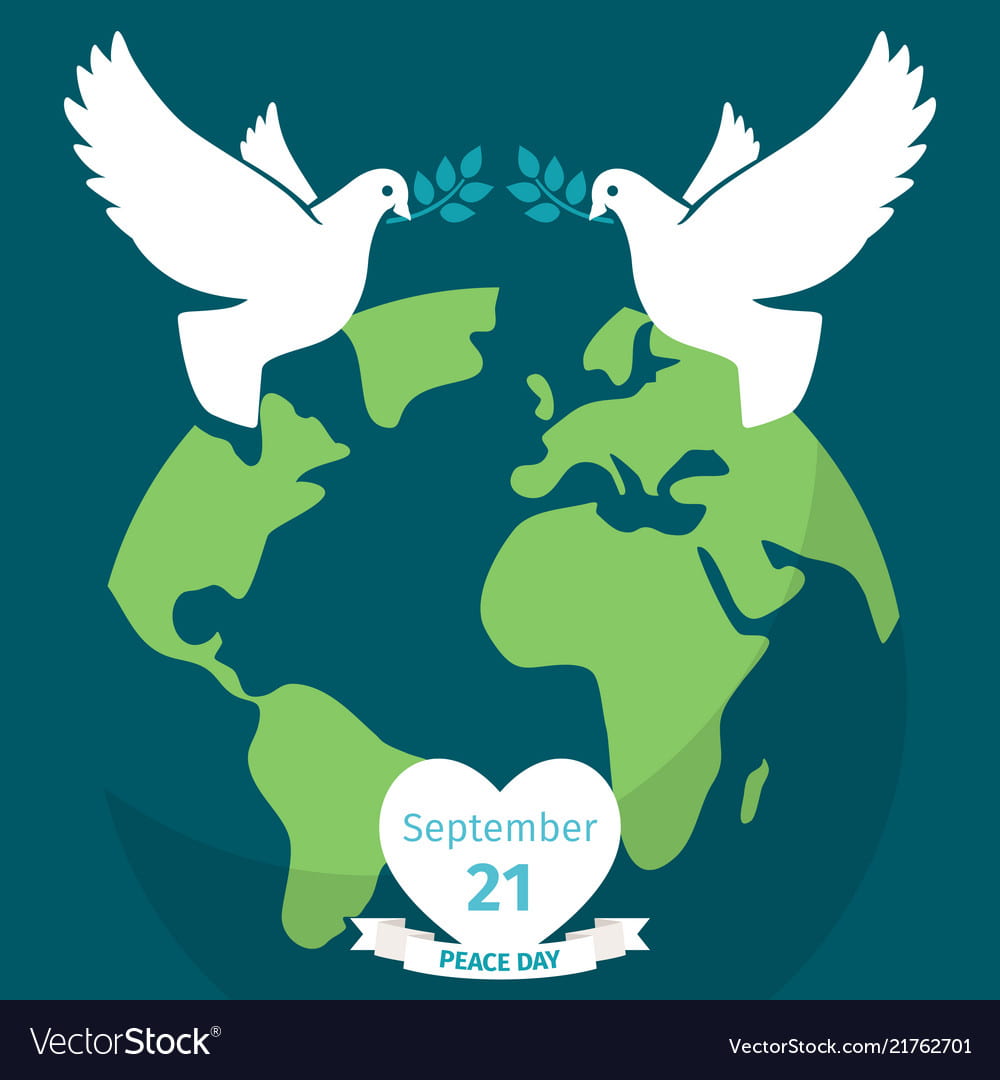
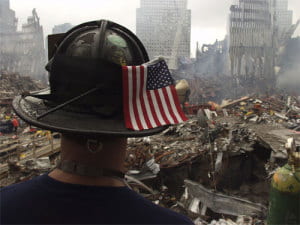
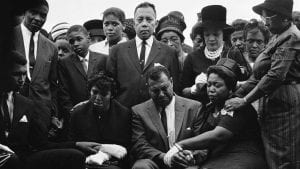
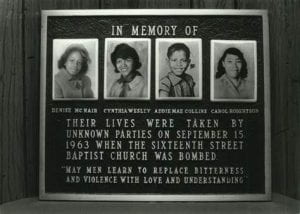
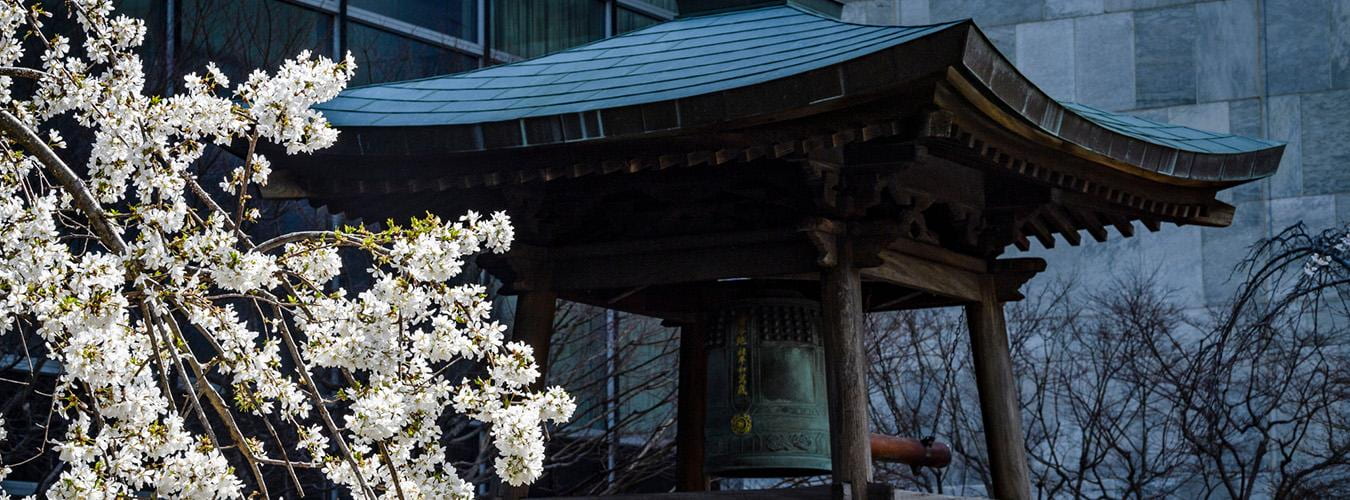
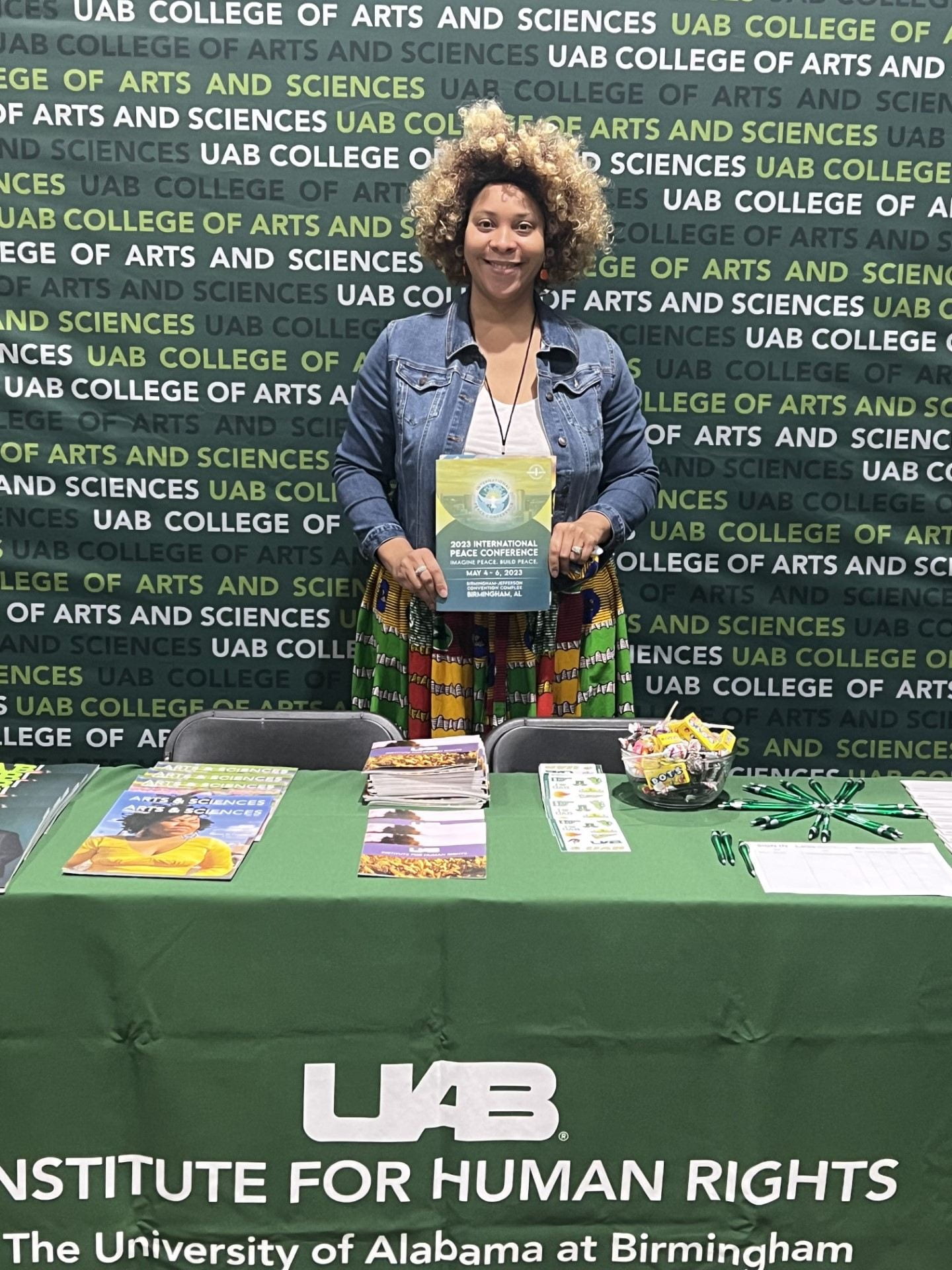
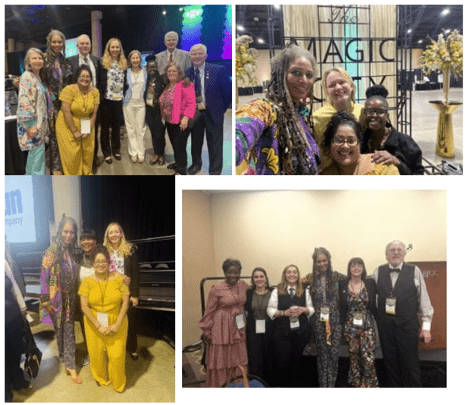
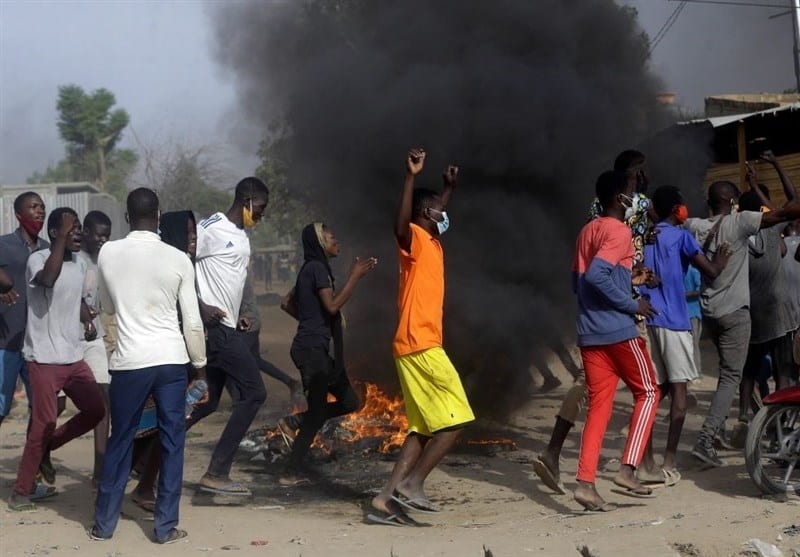
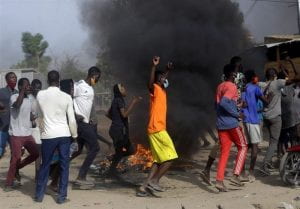
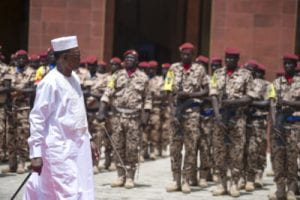
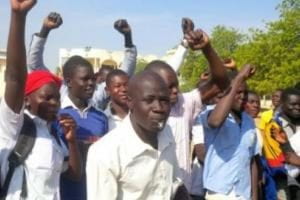
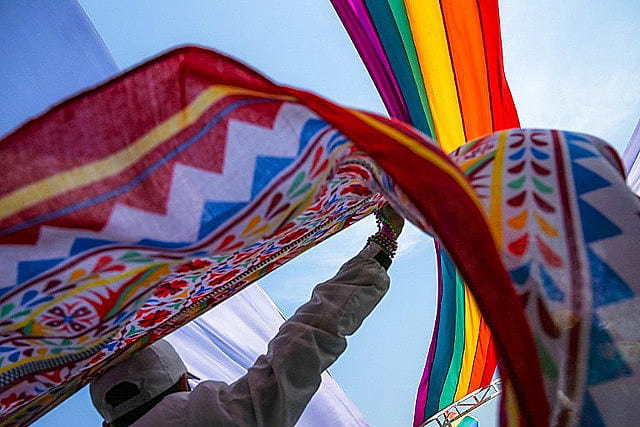
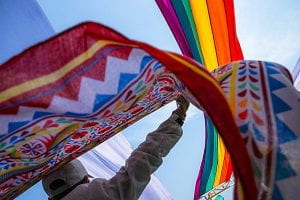


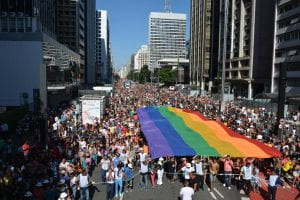
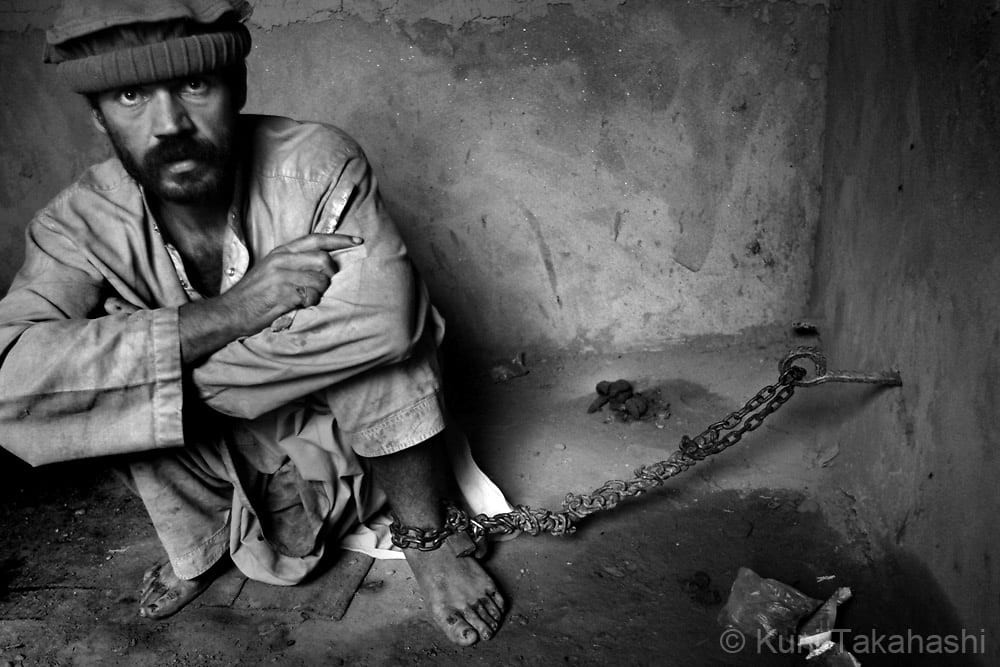
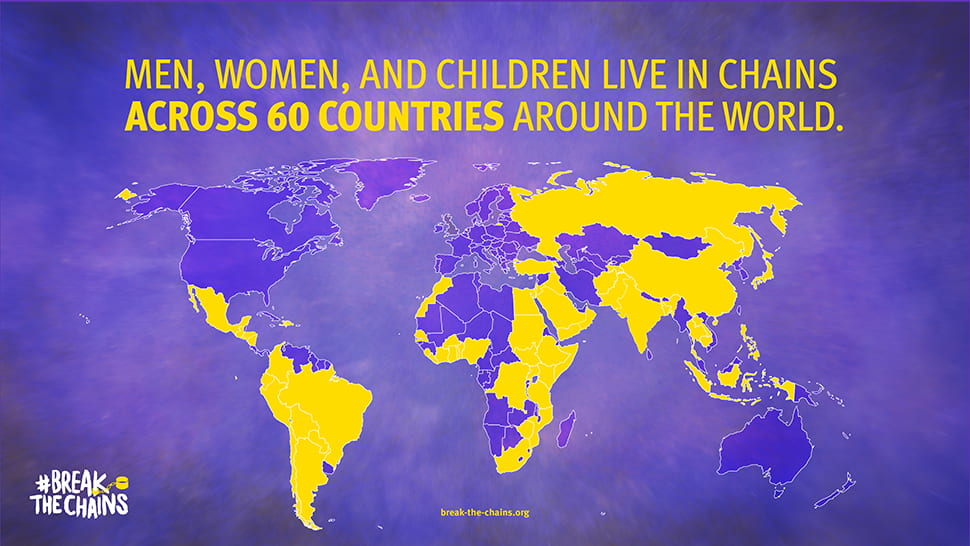
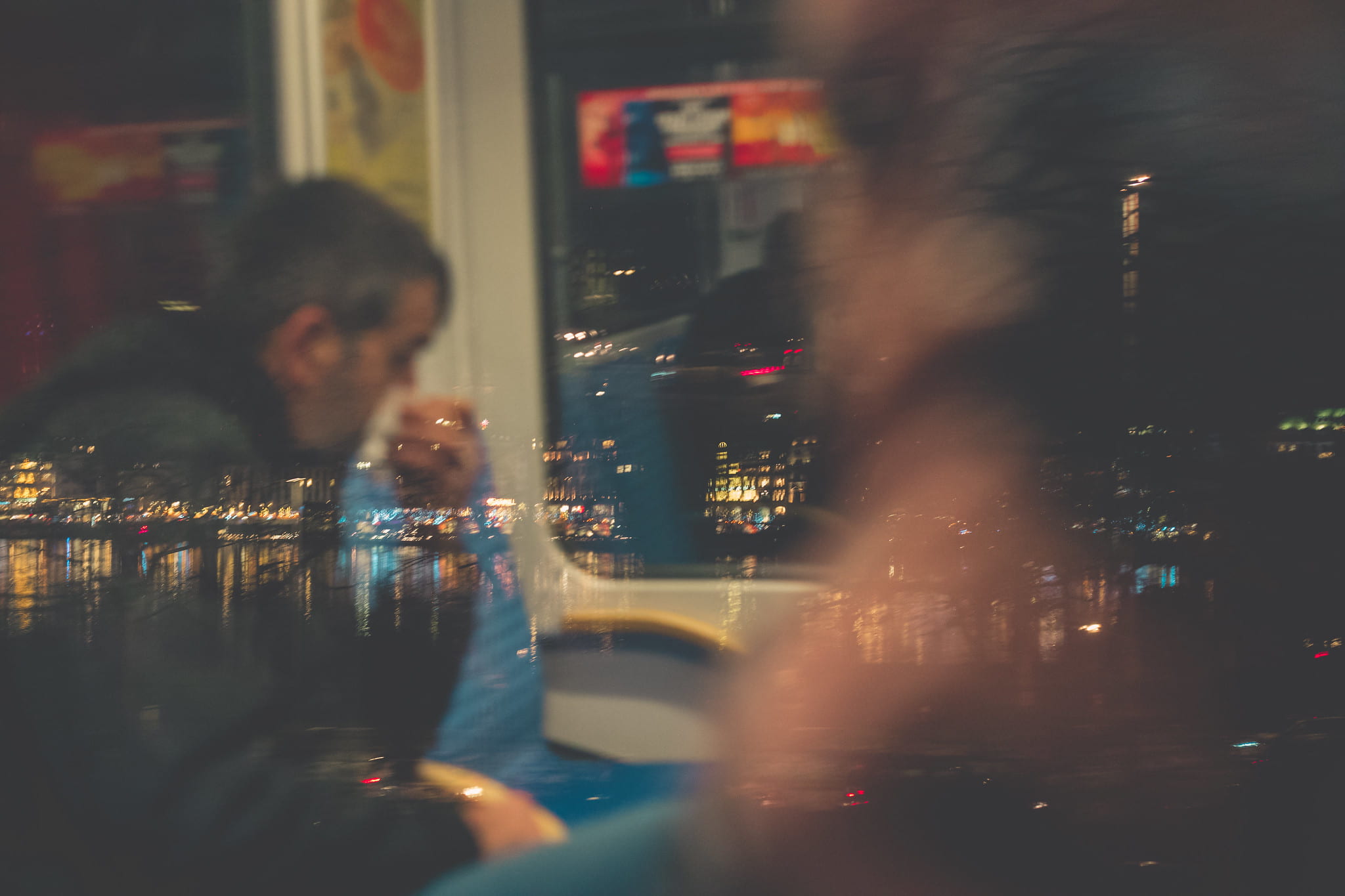
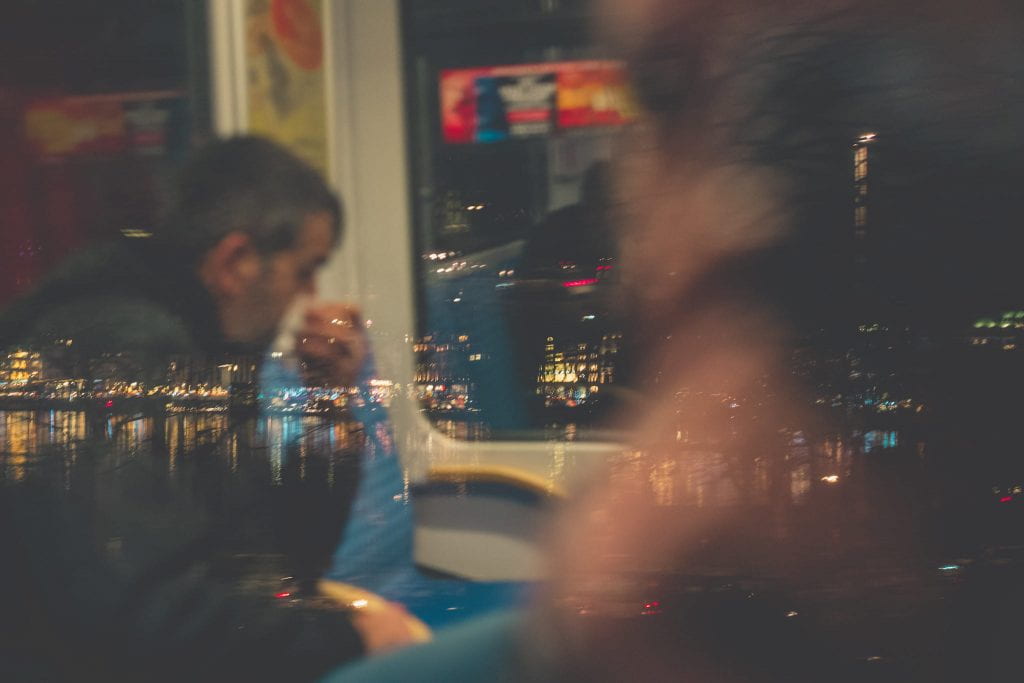
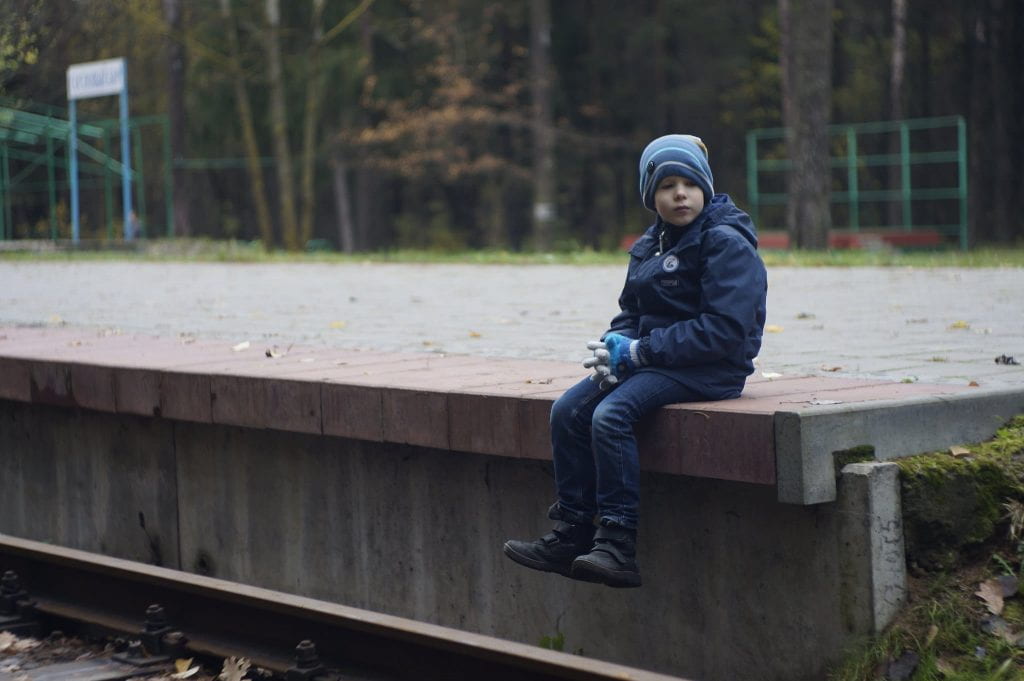
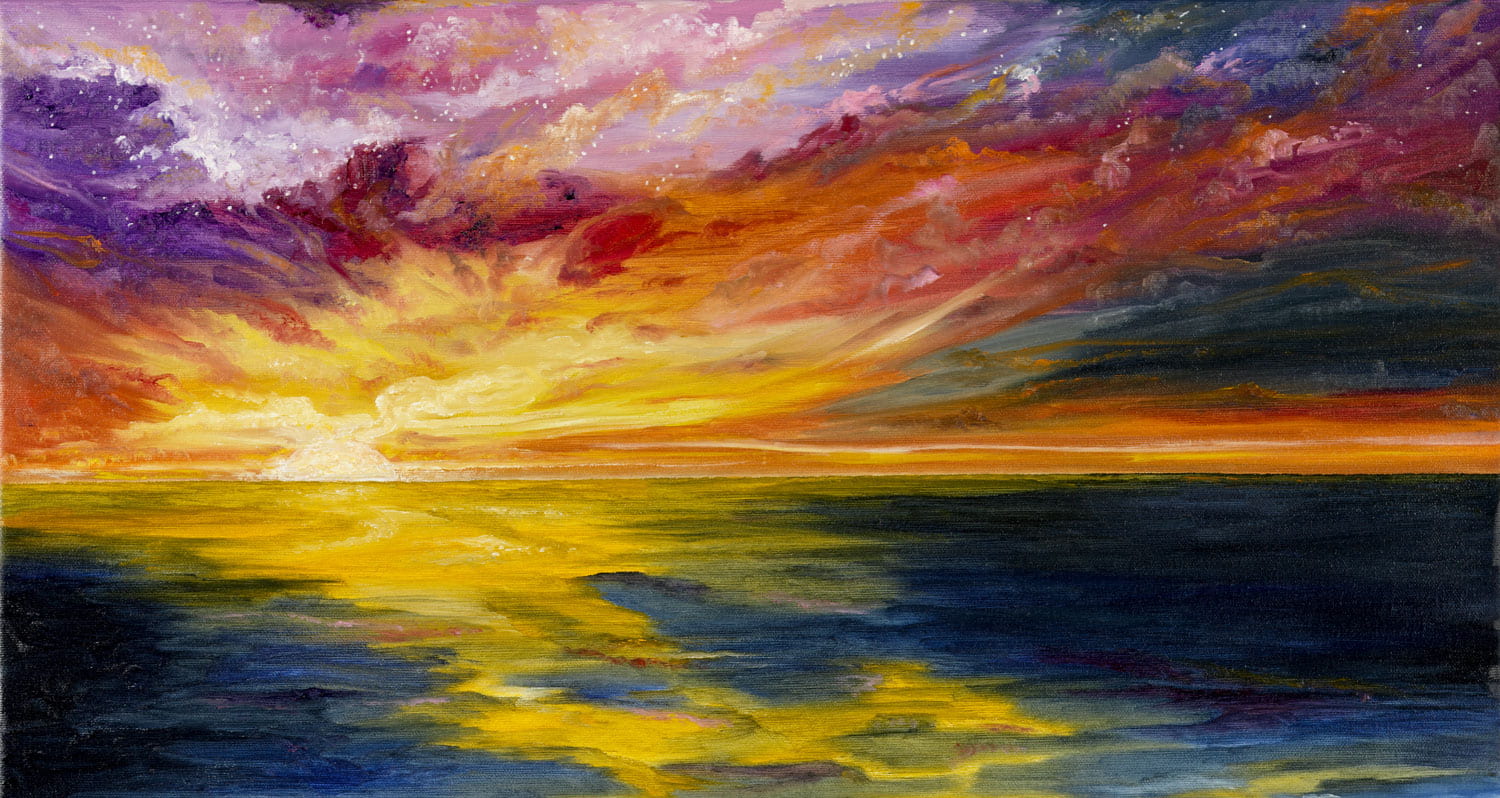
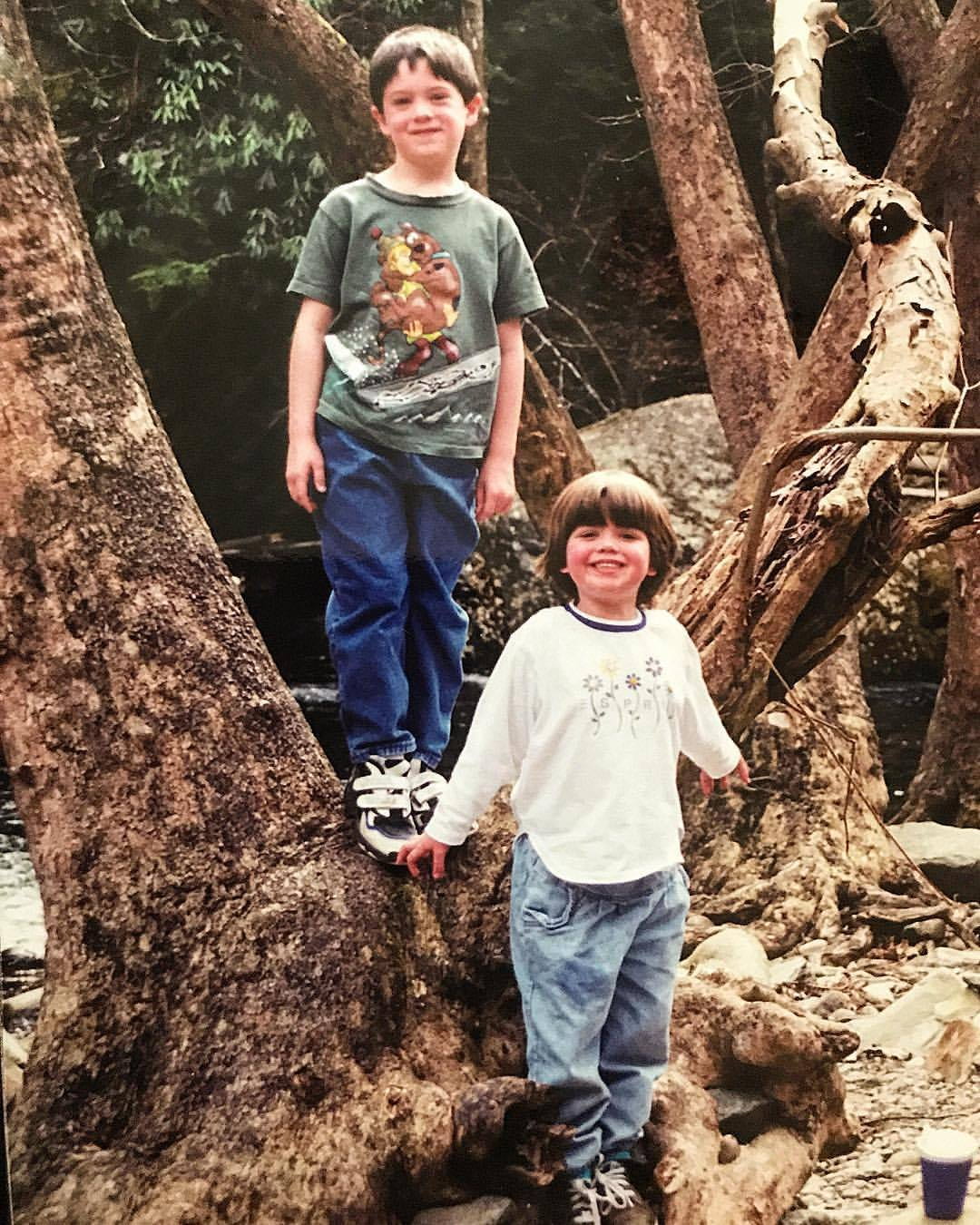
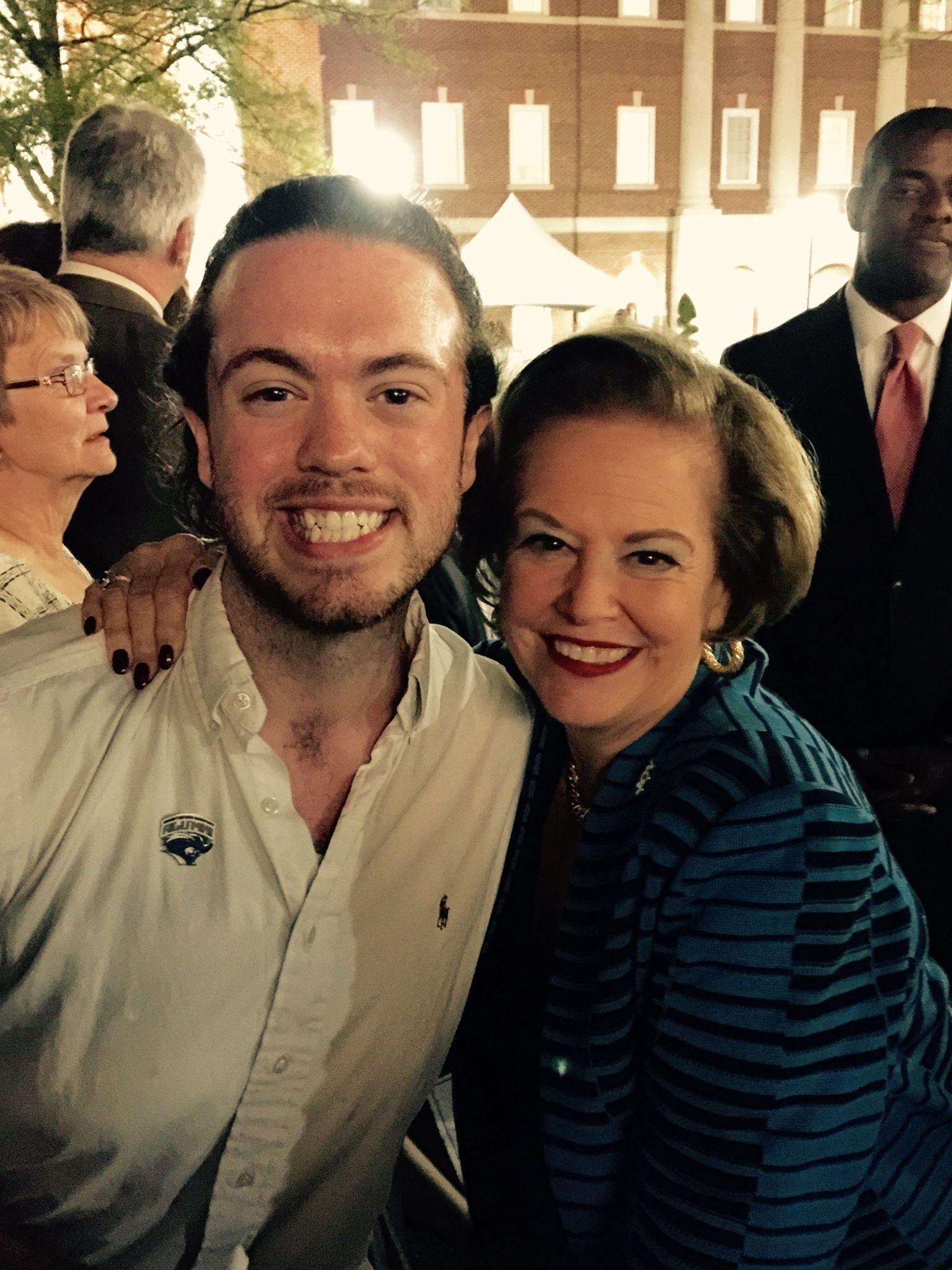

![Congress of Racial Equality conducts march in memory of Negro youngsters killed in Birmingham bombings, All Souls Church, 16th Street, Wash[ington], D.C. (LOC)](https://sites.uab.edu/humanrights/files/2018/02/15336659496_0a3b330baa_o-1024x917.jpg)
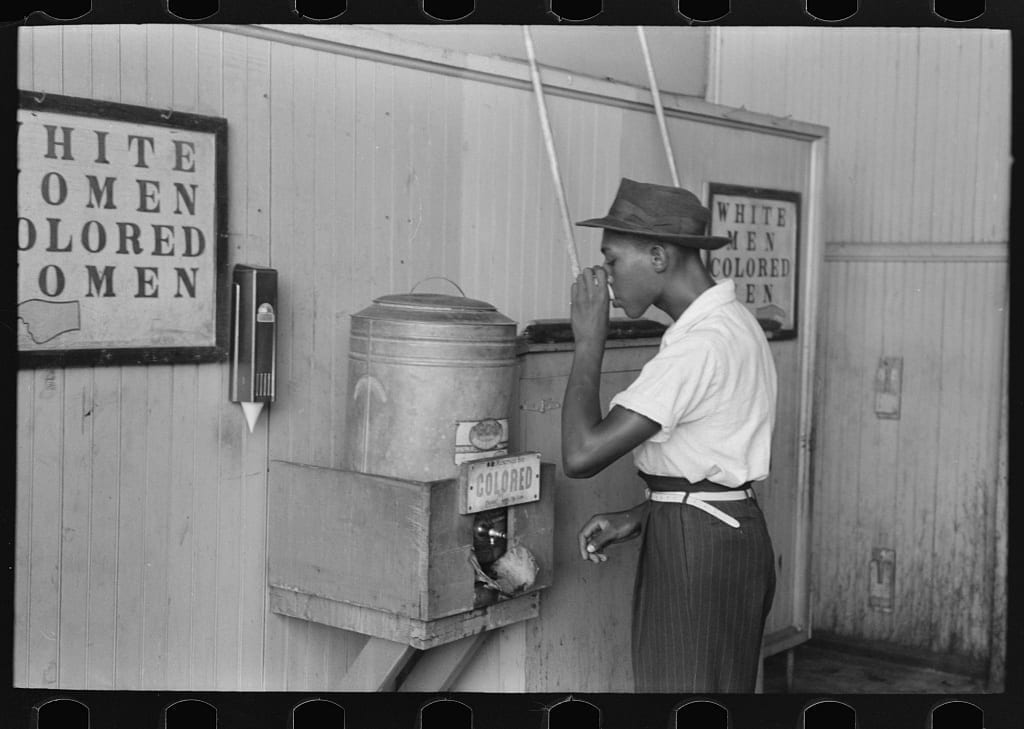
![[Group of African Americans viewing the bomb-damaged home of Arthur Shores, NAACP attorney, Birmingham, Alabama] (LOC)](https://sites.uab.edu/humanrights/files/2018/02/15172976220_6c137e5076_o-1024x682.jpg)

